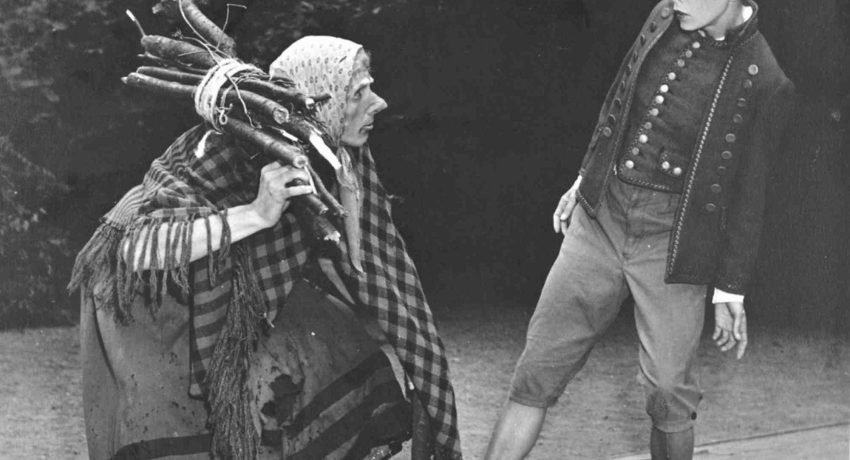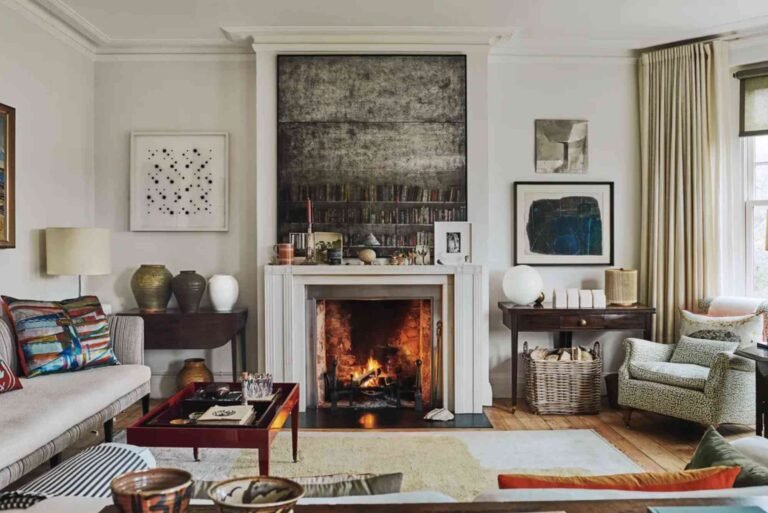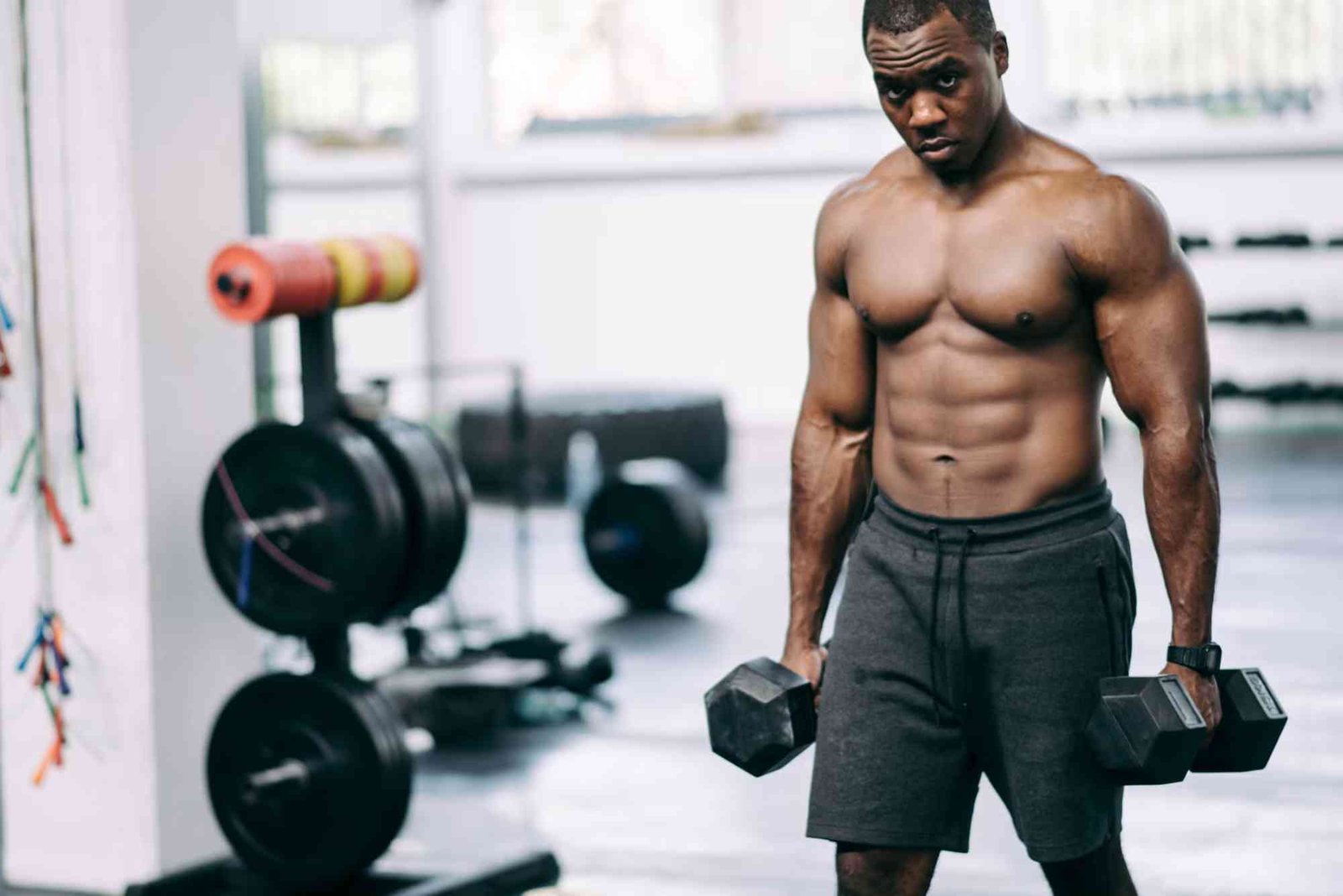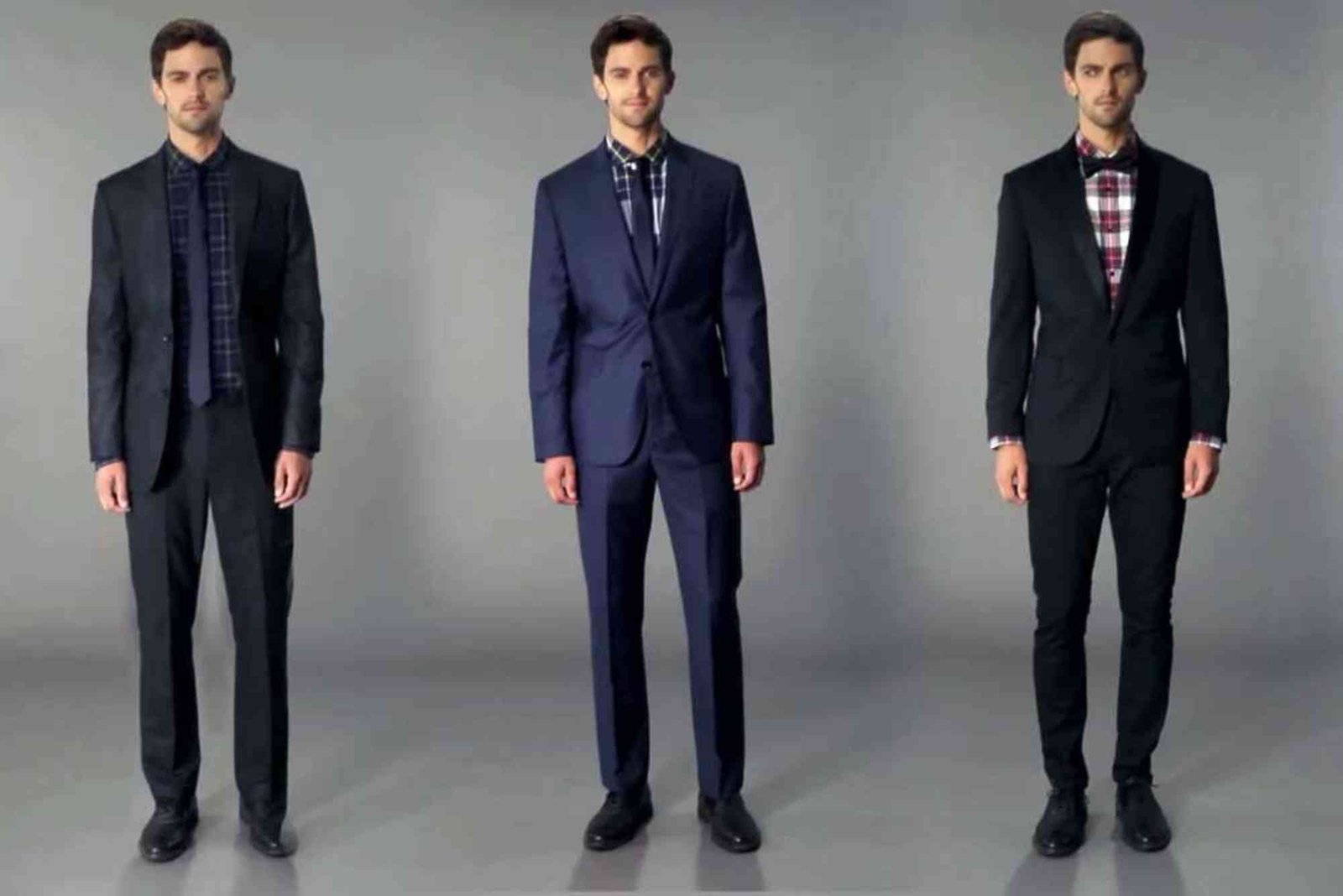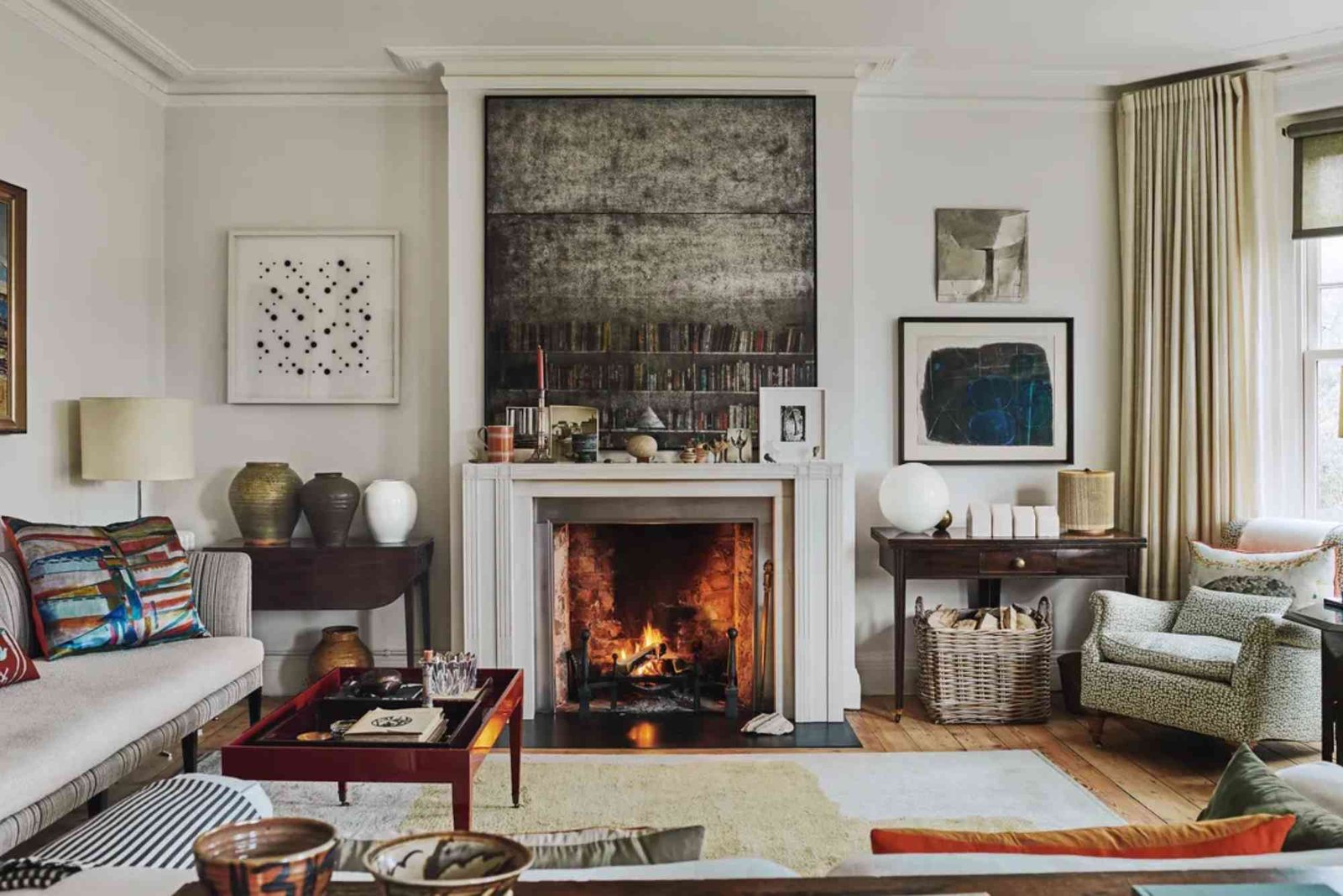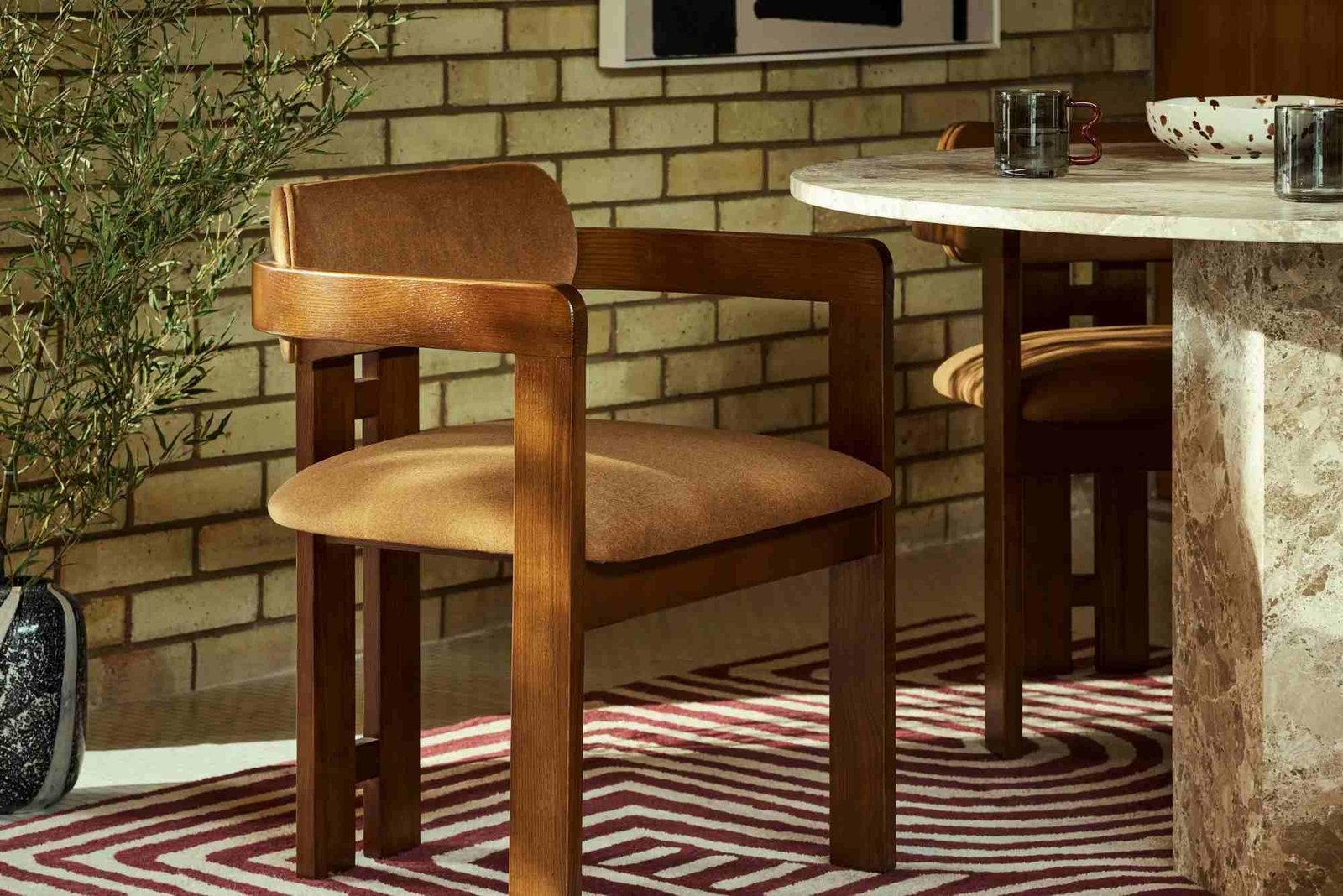Men’s Fashion in Norway: Clothing Styles in 1905
Understanding men’s fashion in Norway in 1905 offers a glimpse into the cultural, social, and economic backdrop of the era. Clothing was more than just attire—it reflected status, occupation, and regional identity. This guide explores the styles, fabrics, and accessories that defined Norwegian men’s wardrobes at the dawn of the 20th century.
The Social Context of Norwegian Men’s Fashion
In 1905, Norway was on the verge of a major political change, as it peacefully dissolved its union with Sweden. This period of national pride influenced fashion subtly, blending practicality with emerging trends from Europe. Men’s clothing was designed not only for appearance but also for function, suited to Norway’s cold climate and active lifestyle.
Urban professionals often followed international trends, while rural men relied on traditional garments. Social class dictated fabric quality and clothing complexity, with wealthy citizens enjoying tailored suits and imported materials, while working-class men favored durable, locally made clothing.
Everyday Clothing Styles
Everyday wear was defined by simplicity and durability. Wool was the most common material due to its warmth and availability. Men typically wore shirts made from linen or cotton, often in white or muted colors. These shirts were practical for work and layered under jackets for added warmth.
Trousers were generally high-waisted and made from sturdy fabrics like wool or heavy cotton. Suspenders were essential, keeping trousers securely in place. In rural areas, knitted wool socks and leather boots were standard, designed to endure harsh winters and rugged terrain.
Jackets varied depending on occupation. Tradesmen and farmers preferred short, practical jackets with pockets, while city dwellers wore longer coats inspired by continental styles. Layering was key, and scarves, hats, and gloves were not only fashionable but essential for outdoor activities.
Formal Attire for Norwegian Men
Formal occasions demanded careful attention to detail. Tailored suits were the hallmark of sophistication in urban Norway. These suits often featured dark colors such as black, navy, or charcoal. Waistcoats added an extra layer of elegance, and stiff collars on shirts signified refinement.
Accessories were equally important. Pocket watches, leather gloves, and bowler or top hats were common among the well-to-do. Shoes were polished and often paired with spats for formal outdoor events. Men attending theaters or official functions aimed to convey professionalism and respectability through their attire.
Interestingly, Norwegian tailors occasionally incorporated subtle regional motifs, reflecting national pride in the post-union period. This fusion of practicality and style distinguished Norwegian fashion from other European trends.
Workwear and Occupational Clothing
Men’s clothing in 1905 was heavily influenced by occupation. Fishermen, miners, and farmers required garments that balanced protection and mobility. Woolen knickerbockers, heavy coats, and layered shirts were standard in labor-intensive roles.
Fishermen often wore waterproof jackets treated with tar or oil, while miners preferred sturdy trousers and reinforced boots. Urban laborers, including blacksmiths and factory workers, opted for cotton or linen shirts under durable jackets to protect against wear and tear.
Specialized clothing not only served practical purposes but also indicated a man’s trade, subtly signaling his role in the community. This functional approach to fashion ensured that even casual or work attire was carefully considered.
Regional Influences on Style
Norway’s diverse geography created regional variations in men’s fashion. Coastal areas favored lighter fabrics suitable for fishing communities, while mountainous regions leaned toward heavier woolens. Embroidery and decorative elements were more common in traditional garments, preserving local identity.
Folk costumes, or “bunad,” were often worn during festivals or national celebrations, reflecting historical styles from specific regions. While daily wear remained practical, these garments allowed men to express heritage and pride.
Fabrics and Materials
Wool was the most widely used material, prized for warmth and durability. Linen and cotton were popular for shirts and undergarments, providing breathability during warmer months. Imported fabrics appeared in urban centers, particularly among the wealthy, who sought silk ties, fine wool suits, and tailored jackets.
Leather was essential for shoes, belts, and gloves, while metal fasteners and buttons added both function and decorative appeal. Attention to material quality distinguished the upper class from working-class men, reinforcing social hierarchy through clothing.
Accessories and Details
Hats were a critical component of Norwegian men’s fashion. Bowler hats, flat caps, and top hats each conveyed different social messages. Scarves, gloves, and pocket watches added functionality and elegance. Even small details like buttons, stitching, and lapel styles reflected personal taste and societal expectations.
Belts and suspenders were standard for securing trousers, and men often carried leather satchels or wallets for practical needs. Footwear ranged from sturdy boots for labor to polished leather shoes for formal occasions.
Seasonal Adaptations
Climate significantly influenced Norwegian men’s clothing. Winter layers included woolen overcoats, thick scarves, and mittens, while summer clothing was lighter, featuring breathable fabrics and minimal layering. Urban men often adjusted style to social expectations, while rural populations prioritized warmth and mobility.
Evolution and Influence
By 1905, Norwegian men’s fashion was gradually blending traditional garments with European trends. City dwellers adopted styles from England, France, and Germany, while rural communities preserved long-standing patterns. This mix created a unique identity, balancing innovation with heritage.
Men’s fashion during this period reflected more than aesthetic preference—it mirrored social mobility, occupation, climate adaptation, and national pride. Understanding these nuances provides insight into Norway’s culture and daily life in the early 20th century.
Men’s fashion in Norway in 1905 illustrates a fascinating intersection of culture, climate, and style. From practical workwear to elegant formal suits, clothing reflected both social status and regional identity. Today, studying these styles allows us to appreciate historical craftsmanship and the evolution of modern fashion.
For those interested in exploring this further, check out What Clothes Did Men Wear In Norway In 1905 or the detailed What Clothes Did Men Wear In Norway In 1905 Guide. Historical fashion insights also feature on BBC.
FAQs
What were common everyday clothes for men in Norway in 1905?
Men typically wore wool trousers, linen or cotton shirts, and sturdy jackets. Accessories like hats, scarves, and gloves were essential.
Did Norwegian men wear suits in 1905?
Yes, urban men and professionals wore tailored suits with waistcoats, stiff collars, and polished shoes for formal occasions.
How did occupation influence men’s fashion in Norway?
Occupation dictated practicality and material choice. Fishermen, miners, and farmers wore durable garments suited to their work.
What fabrics were popular in Norwegian men’s clothing?
Wool was predominant, with linen and cotton for shirts. The wealthy had access to imported fabrics like silk and fine wool.
Were there regional variations in clothing styles?
Yes, coastal, mountainous, and rural areas had distinct styles, often reflected in traditional garments or embroidered details.

